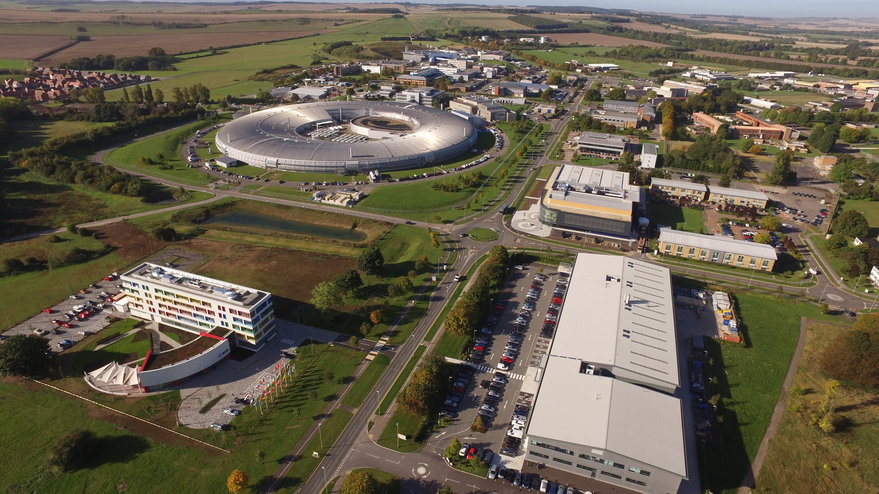TAMPA, Fla. — Viasat’s U.K. subsidiary is partnering with Oxford Space Systems, a British satellite antenna specialist, to develop a 50% lighter high-speed communications terminal to improve the mobility of dismounted soldiers.
The companies see the potential for a Ka-band satellite communications system that is 15 kilograms or less, Viasat UK managing director Hisham Awad told SpaceNews Sept. 8, with built-in storage enabling other essential equipment and supplies to fit more easily in a user’s pack.
A typical military satellite communications terminal is generally moved in a hard shell with various parts, which Awad said can make the packed system weigh anywhere from 28 to 34 kilograms.
However, weight is just one area of interest. The companies also aim to improve the total system volume once packed up and how easily users can transport it.
A modern soldier often carries equipment that’s close to 70% of typical body weight, according to Awad, hampering mission effectiveness and increasing injury risk.
In addition to helping reduce this overall transport burden, the companies aim to create a low-cost solution that would require less power compared with current military and commercial terminals.
Awad stressed their research and development efforts are at a very early stage, and it is too soon to put a timeframe on development because they expect it to be a highly iterative and collaborative effort.
The companies will initially focus on developing terminals connecting to Ka-band satellites in geostationary orbit.
U.S.-based Viasat operates a combined fleet of 19 geostationary satellites following its recent acquisition of British operator Inmarsat.
Oxford Space Systems specializes in developing deployable antennas, booms, and other structures for the space environment. The 10-year-old venture is also working with the Defence Science and Technology Laboratory, part of the U.K.’s Ministry of Defence, to create smaller terminals that would operate in C-band for lower bandwidth applications.
Sean Sutcliffe, CEO of Oxford Space Systems, said its research efforts could bring its deployable space antenna capability for use on the ground for the first time.
The company declined to give details about its work on C-band terminals with the British government.
Previous C-band military terminals have not been used for satellite communications, Awad said, but have been part of a troposcatter communications system that uses the Earth’s atmosphere to reflect low-frequency signals over long distances.
Two-thirds of Viasat’s satellite fleet provides connectivity services in Ka-band spectrum, which is increasingly being beamed from government and commercial satellites to enable high-speed broadband services.
“As a result, the need for accessing this capacity through those networks is growing,” Awad said, “especially among mobile users who need to stay connected for their missions.”
Viasat has previously developed terminals in partnership with other antenna makers to serve soldiers on the ground and across domains.
Under the partnership with Oxford Space Systems, the operator would provide the network, terminal certification, radio frequency equipment, and system engineering support for the terminal.
The technology could also benefit other users operating in austere environments, including disaster recovery and aid workers.
Viasat’s U.K. subsidiary, which it had long before acquiring Inmarsat, mostly provides communications services to the British government, particularly around data security and information insurance.
The subsidiary and Oxford Space Systems are part of the U.K.’s Harwell Space Cluster located in Harwell, England.
The companies also plan to explore other areas of mutual interest following their research partnership.
